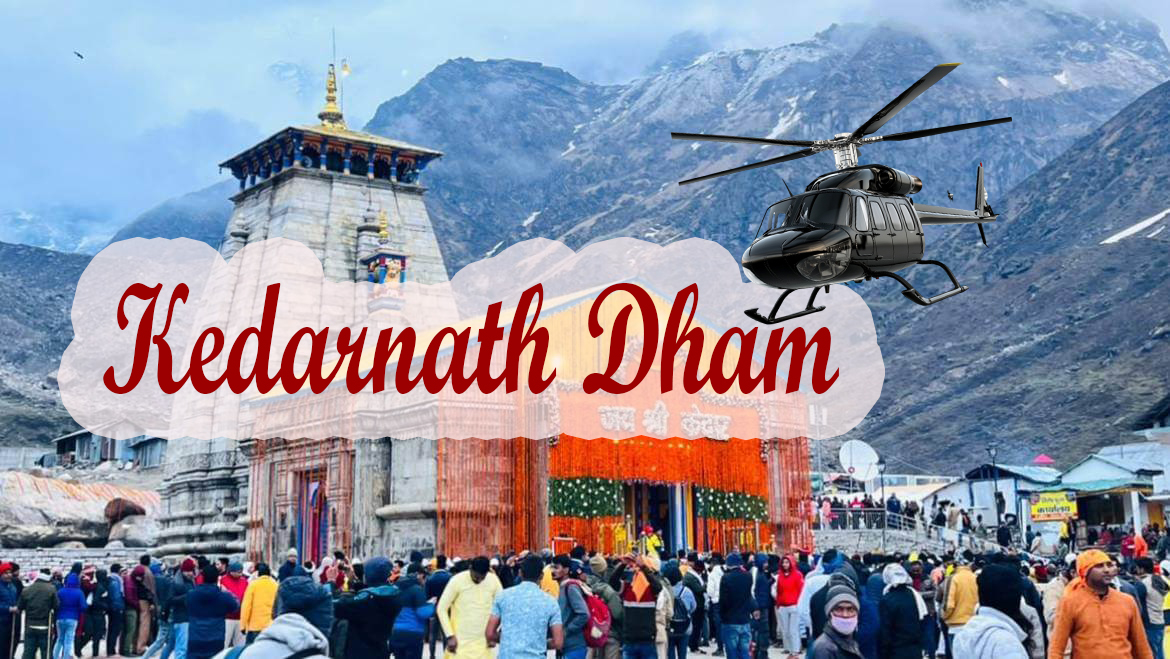 Kedarnath
Kedarnath
 Pooja
Pooja

02 May 2025 to 23 Oct 2025 (Tentative)

People pray at Kedarnath every day before dawn, following strict Vedic traditions. People can start worshipping at the temple at 6:00 AM, although temple priests execute the first rituals, Maha Abhishek and Rudrabhishek, in secret at 4:00 AM. The Rawal, who is the main priest, hails from the Veerashaiva community in Karnataka and is in charge of all the big events. Throughout the day, people can participate in or observe the Shodashopachar pooja, offer Bilva leaves, and perform water abhishek using water from the holy Ganga. The temple shutters for a short time in the afternoon and then opens again for Shayan Aarti, which usually starts at 7:00 PM. The ceremony in the Himalayas every night is quite moving. There are religious mantras, lamps, incense, and music. You can book special poojas like Maha Rudrabhishek, Laghu Rudra, and Sahasranama Archana ahead of time through the Badrinath-Kedarnath Temple Committee (BKTC). During the busier months, darshan can get very busy. But it's quieter to go in the morning or at night. These rituals are more than simply symbols; they are also techniques to purify the spirit. People who do them frequently feel very emotional afterward. It means more to see them in Kedarnath's sacred spot than in a traditional temple.
Early Morning Rituals: The Rawal and senior priests wake up the god at 4:00 AM by singing sacred Vedic songs and giving him a ritual bath. This is the beginning of the day.
Darshan Hours: The public darshan is open from 6:00 AM to 3:00 PM. After that, the temple closes for a brief period. It opens up again in the evening for the last prayers and Shayan Aarti.
Priest Lineage: The chief priest, or Rawal, of Kedarnath hails from the Veerashaiva community in Karnataka. They solely worship Lord Kedarnath, read the holy books, and follow spiritual rules.
Evening, Aarti: There are dazzling lamps, chants, and conch shells ringing around the valley at 7:00 PM during the Shayan Aarti. People who see it under the pure Himalayan sky cry and feel a strong sense of devotion.
Offerings by Devotees: Pilgrims can bring ghee, holy water, and Bilva leaves during the day. They can fulfill all 16 of Lord Shiva's ceremonial duties by participating in Shodashopachar Pooja.
Special Poojas: You can set up specific poojas like Laghu Rudrabhishek, Maha Rudra, and Sahasranama Archana on the BKTC website. These poojas help people become more spiritually worthy and gain blessings for themselves.
Ritual Significance: People believe that every ceremony at Kedarnath is a chance to cleanse the soul, show devotion, and discover inner peace via ancient spiritual rituals that have been passed down through the Himalayas.
| Kedarnath Opening Date of 2026 | Kedarnath Closing Date of 2026 |
|---|---|
| 02 May 2025 | 23 Oct 2025 (Tentative) |
| Kedarnath Facts | |
|---|---|
| Area | 3 sq kms |
| Altitude | 3553 mts |
| District | Rudraprayag |
| State | Uttrakhand |
| Season | May to October |
| Famous for | Pilgrimage, Jyotirlinga, Trek |
| Pincode | 246445 |
| STD Code | 01372 |
